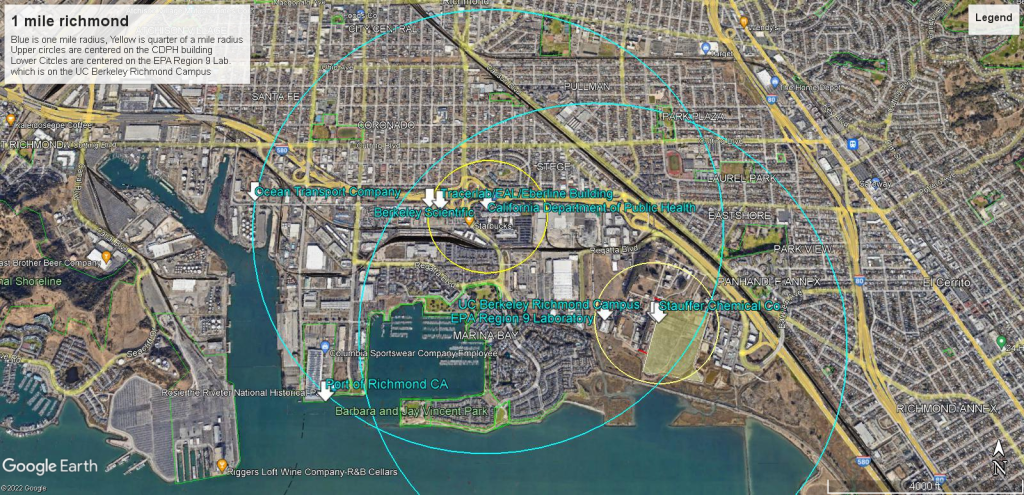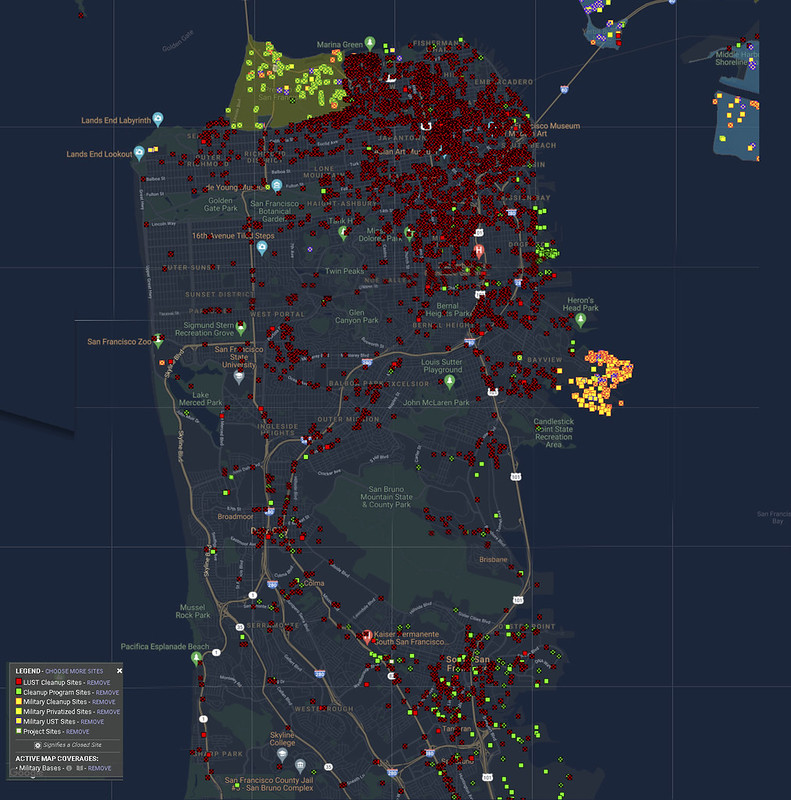Just like when Count Duku erased Komino from the Jedi Archive, someone in the NRC removed the city of Glen Ridge from the NRC Adams Database. All of the information from the 1950’s, to 1987 to 12-30-1987 are gone. When you type in “Glen Ridge” with the quotes, all of the information on the contamination before 1987 is gone!
The Nuclear Regulatory Commission has removed the city of Glen Ridge New Jersey (EPA Superfund Site for nuclear radiation ) from its database to hide the corruption of building housing on the Westinghouse Uranium Processing plant in the neighboring Bloomfield NJ which is located 10 miles due west of the Empire State Building in New York City.
The city of Bloomfield has failed to mention that there is Uranium in the water supply from the Uranium processing plant.
All of the documents from before 1987, that told of the radiation contamination of the city were removed. those records include:
- The EPA Superfund site records of the contamination under houses and Carteret Little league Baseball fields
- The Source files of the Gamma Irradiator that resided in the Physics classroom in Glen Ridge High School
- Source files on a radiation company that resided on Herman Street in Glen Ridge
The following documents were erased:
Westinghosue in Bloomfield purified Uranium for the Manhattan Project for the making of the Atomic Bomb in World War II. The contamination from the plant has poisoned all of the neighboring towns and there is Uranium in the ground water in Bloomfield NJ. The next town over is Glen Ridge which received the nuclear waste from this facility.
The rectangles are new housing on the Westinghouse Uranium Processing Plant on the rail line and the two at the top end to end and the two below, and the one under construction in the Y shaped formation, the left one being the uranium processing site.
The city of Glen Ridge was an EPA Superfund Site where the EPA showed up one day and found Radium under the Little League Fields at Carteret Park in Glen Ridge NJ. Over two decades they proceeded to remove 3000 barrels worth of nuclear waste under the towns of Montclair and Glen Ridge NJ. Radium, Uranium and Thorium were removed.
The sources of the Material were the US Radium Processing plant in the neighboring West Orange NJ and the Westinghouse Uranium Processing plant at Wastessing Ave and the Rail line to NY in Bloomfield NJ.
Radium is processed from Uranium and the Uranium was used as landfill all over Essex County NJ which is one of the most densly populated parts of New Jersey.
Exit 148 on the Garden State Parkway

















You must be logged in to post a comment.